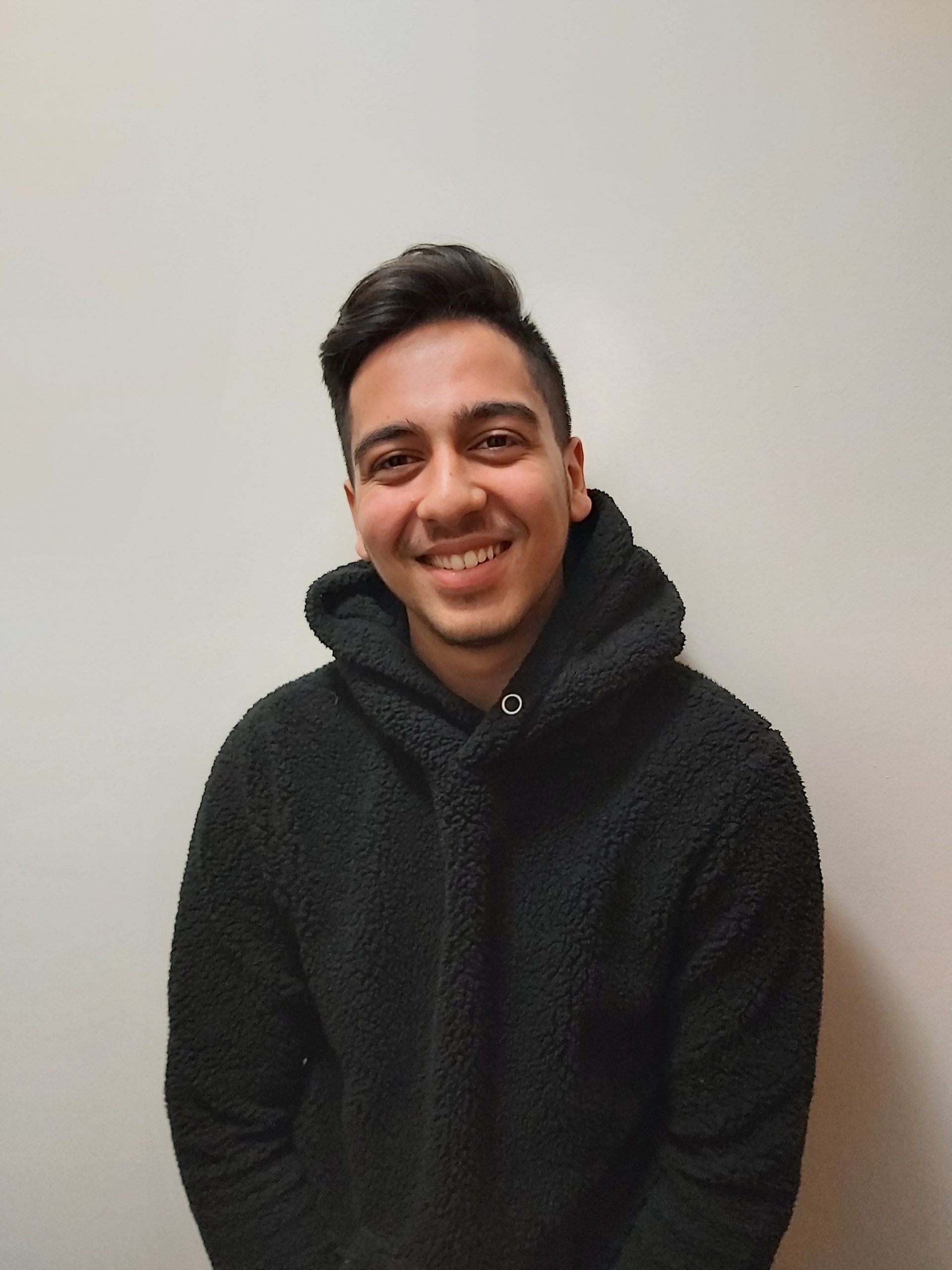On Sunday, January 29th at around 7:50 pm, 6 men were killed by gunfire at a mosque in Quebec City, and 19 were left injured. As of Monday, January 30, a man named Alexandre Bissonnette has been charged with six counts of first-degree murder, and five counts of attempted murder using a restricted firearm. Bissonnette, 27, is currently a student at Laval University in Quebec City, where he studies Political Science and Anthropology and has been known in activist circles to be associated with the french extreme-right. Prime Minister Trudeau has called the events that took place on Sunday evening an act of terror.
According to witnesses, gunshots rang out at around 7:50 pm, at the Centre Culturel Islamique du Quebec, with the first 911 call taking place at 7:55 pm. All six individuals who died of their injuries were men, ranging in age from 49 to 60.
The Mosque, the Centre Culturel Islamique du Québec, is found within Quebec City’s Sainte-Foy neighbourhood, which has one of the lowest homicide rates in the country. The mosque has re-opened as of Wednesday, February 1, 2017.
Le Centre Culturel Islamique du Quebec had apparently been targeted by racist and anti-immigrant vandalism in the past, but with nothing coming close to the tragedy experienced Sunday evening. Along with a multitude of other acts of vandalism, the Mosque received in June a severed pig’s head, gift wrapped with a note reading “bon appétit.” Acts such as these prompted the Mosque to install security cameras inside and outside of the building, which helped lead authorities to identify the perpetrator as Alexandre Bissonnette.
Bissonnette is thought to have been acting alone and is facing 6 counts of first-degree murder, and 5 counts of attempted murder. Though Prime Minister Trudeau, along with Quebec Premier Phillippe Couillard have called the shooting a “terrorist attack,” many legal experts have expressed that it is unlikely that Bissonnette will be charged with terrorism. Canada’s definition of terrorism in the Criminal Code is: an act committed “for a political, religious or ideological purpose, objective or cause,” and, according to University of Toronto Law Professor Kent Roach, this law is written in “such a way that a person acting entirely alone is unlikely to face terror charges.”
To not press terrorism-related charges against Bissonnette, a white male, would send a strong signal as to who the Justice system and Canadian public deems capable of committing acts of terror, and who they do not— namely, men of colour, and Muslim men in particular. Despite the connotations associated with not being formally accused of committing an act of terrorism, Bissonnette, if found guilty, will most likely not be able to apply for parole for 150 years, thanks to a 2011 federal legislation called the Protecting Canadians by Ending Sentence Discounts for Multiple Murders Act.
On Monday, January 30, Prime Minister Trudeau, and the federal opposition party leaders spoke out about the attack, before attending an evening vigil in Quebec City. The Prime Minister went on record saying, “Make no mistake, this was a terrorist attack. It was an attack on our most intrinsic and cherished values as Canadians: values of openness, diversity and freedom of religion. Canadians will not be intimidated, we will not meet violence with more violence. We will meet fear and hatred with love and compassion.”
The massacre has raised international attention, with political leaders such as German Chancellor Angela Merkel, French President François Hollande, and Pope Frances offering their condolences to those affected by the events of Sunday evening. The Eiffel Tower was switched off after midnight on January 31 in memory of the victims.
The events that unfolded on Sunday evening have raised concern about Canada’s conversation about immigration, racism, and Islamophobia; especially in light of the recent immigration ban adopted by American President Donald Trump. As a nation, we must remain hopeful that in spite of these horrific events, we can collectively work together to repair the deep divide that still remains among many marginalised groups in Canada, and try to prevent any further suffering.




